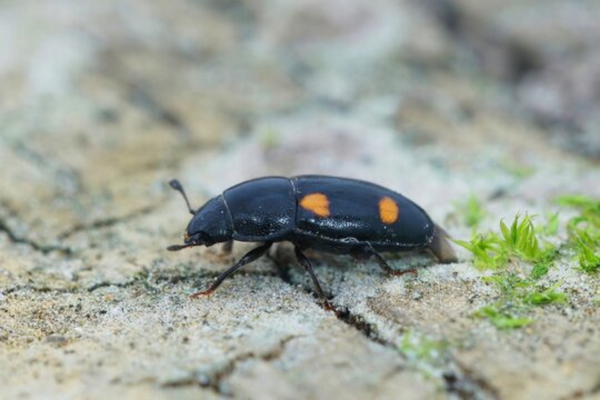Identification & Prevention Tips
Keep food storage areas clean and sanitary. Clean and vacuum all crevices and corners. Wipe up food spills immediately. Buy food in smaller quantities and use older food before opening more. Store foods in the refrigerator or freezer and use glass, metal, or heavy plastic containers to prevent pest access.
Signs of a Sap Beetle Infestation
Both adult sap beetles and their larvae feed on stored grain, dried fruit, fresh fruit, flowers, fungi, carrion, tree sap, and the juice of fruits. They may also burrow into moldy grain residues.
Females lay eggs directly in these food sources so larvae can begin feeding immediately after hatching.
How to Prevent Sap Beetles
Remove any decaying matter near the home. Reduce pest access by sealing cracks or openings around windows and doors. Proper food storage and sanitation are critical in prevention.
How Serious Are Sap Beetles?
Sap beetles can puncture stored food containers as they enter and exit, potentially introducing mould spores, bacteria, and yeasts. Since a single female can lay up to 1,000 eggs over four months, infestations can escalate rapidly.
To fully eradicate sap beetles and prevent recurring problems, professional pest control is strongly recommended.

